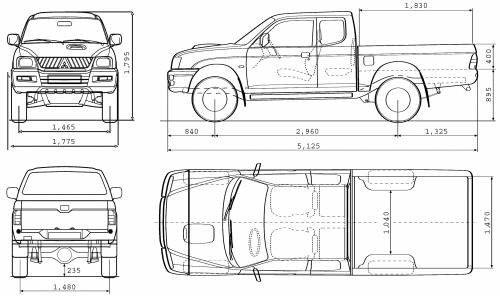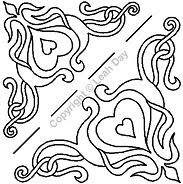Circular Motion Worksheets
If you're a physics teacher or student in need of resources for studying circular motion, you've come to the right place. In this blog post, we'll be highlighting some effective worksheets that will help you grasp the concepts and formulas relevant to this subject.
Table of Images 👆
More Other Worksheets
Kindergarten Worksheet My RoomSpanish Verb Worksheets
Cooking Vocabulary Worksheet
DNA Code Worksheet
Meiosis Worksheet Answer Key
Art Handouts and Worksheets
7 Elements of Art Worksheets
All Amendment Worksheet
Symmetry Art Worksheets
Daily Meal Planning Worksheet
What is circular motion?
Circular motion is a movement of an object along a circular path, where the object continuously changes direction while maintaining a constant distance from a fixed point. This type of motion involves both a linear velocity tangent to the circle and a centripetal acceleration directed towards the center of the circular path, keeping the object in its circular trajectory.
What are the key characteristics of circular motion?
Circular motion involves an object moving in a circular path around a fixed point, with a constant speed but changing velocity direction. Key characteristics include a centripetal force acting towards the center of the circle, velocity tangent to the circle at any point, acceleration pointing towards the center (centripetal acceleration), and angular velocity defining the rate of rotation around the center. Additionally, the period of the motion (time for one complete revolution) and frequency (number of revolutions per unit time) are important parameters in circular motion analysis.
How is centripetal force related to circular motion?
Centripetal force is a force that acts on an object moving in a circular path, causing it to continuously change direction and move inward towards the center of the circle. This force is essential for keeping an object in uniform circular motion by balancing the object's inertia and providing the necessary acceleration towards the center of the circle. In other words, centripetal force is what keeps an object from moving in a straight line and ensures that it follows a curved path.
Explain the concept of centripetal acceleration.
Centripetal acceleration is the acceleration directed towards the center of a circular path that an object follows. It is always perpendicular to the velocity of the object and is necessary to keep the object moving in a curved path. This acceleration is responsible for continuously changing the direction of the object's velocity without necessarily changing its speed, allowing it to maintain a circular motion. In other words, centripetal acceleration is required to counteract the tendency of the object to move in a straight line and ensures it stays on its circular trajectory.
What is the relationship between the radius and period of an object in circular motion?
The relationship between the radius and period of an object in circular motion can be represented by the formula T = 2?r/v, where T is the period, r is the radius, and v is the velocity. This formula shows that as the radius of the circular motion increases, the period of the motion also increases, assuming a constant velocity. This means that it takes longer for an object to complete one full revolution when the radius is larger.
How does angular displacement relate to circular motion?
Angular displacement is the measurement of the amount of rotation an object undergoes around a fixed point. In circular motion, objects move along a circular path and their change in position is measured as angular displacement. It is used to describe the direction and amount of rotation of an object in circular motion, providing essential information about the object's position and orientation as it moves around the circle.
Describe the difference between uniform circular motion and non-uniform circular motion.
In uniform circular motion, the speed of the object remains constant as it moves along the circular path, while in non-uniform circular motion, the speed varies along the path. This means in non-uniform circular motion, the object's velocity changes in magnitude or direction at different points on the path, leading to an acceleration that is not constant in magnitude or direction.
What are some real-life examples of circular motion?
Some real-life examples of circular motion include a Ferris wheel rotating, a car navigating a curved road, a spinning top, a record player playing a vinyl record, a satellite orbiting around Earth, and a ceiling fan rotating.
Explain how the concept of inertia applies to circular motion.
Inertia in the context of circular motion refers to an object's tendency to continue moving in a circular path unless acted upon by an external force. This means that an object in circular motion will maintain its speed and direction unless a force is applied to change its path or speed. Inertia is what causes objects to resist changes in their motion, including changes in velocity or direction, making it a crucial factor to consider in understanding and analyzing circular motion.
How does the force of gravity affect objects in circular motion?
The force of gravity affects objects in circular motion by providing the centripetal force necessary to keep them moving in a curved path. Gravity acts as the centripetal force that pulls the object towards the center of the circle, allowing it to maintain its circular motion. This gravitational force is responsible for the acceleration of the object towards the center, enabling it to continuously change direction and remain in circular motion.
Have something to share?
Who is Worksheeto?
At Worksheeto, we are committed to delivering an extensive and varied portfolio of superior quality worksheets, designed to address the educational demands of students, educators, and parents.
































Comments